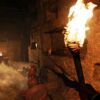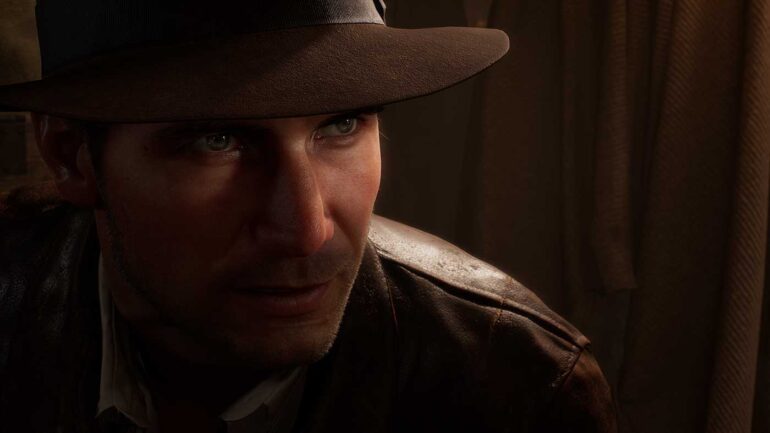During our hands-on session with the upcoming MachineGames title, and Xbox exclusive, Indiana Jones and the Great Circle, we were fortunate enough to get a few minutes to chat with the game’s lead designer, Zeke Virant.
Formerly of Avalanche Studios Group, Virant has been with MachineGames since 2020. We chatted about what went into making an authentic Indiana Jones experience, how that differs from Wolfenstein, and how the PlayStation port came to be.
How important to Machine Games was nailing the tone of the Indy films through strong audiovisual presentation? It feels like it could literally slot into place between films.
Nailing that tone, character, sound, visuals, I mean we have the blueprints from, of course, all the movies. It’s just something that inspired us. You listen to it, and it sounds so good, John Williams’ score sounds so good, you hear the sound effects, you see the way they do lighting and colour arrangements, it’s a beautiful movie and it’s masterfully done.
So nailing that was always the ambition, I feel like it’s been quite straight forward in terms of achieving this. Once we had the audio, the visual, and the gameplay to where it was, we knew we had to add some humour to the combat for it to actually feel like Indiana Jones. If he’s having a conversation, it’s not just a back and forth, there needs to be an argument, he needs to be stubborn or grumpy.
I think we know the movies so well, we know the characters so well, I think it’s been pretty easy and natural to get into that zone and we’ve been there for a couple of years now.
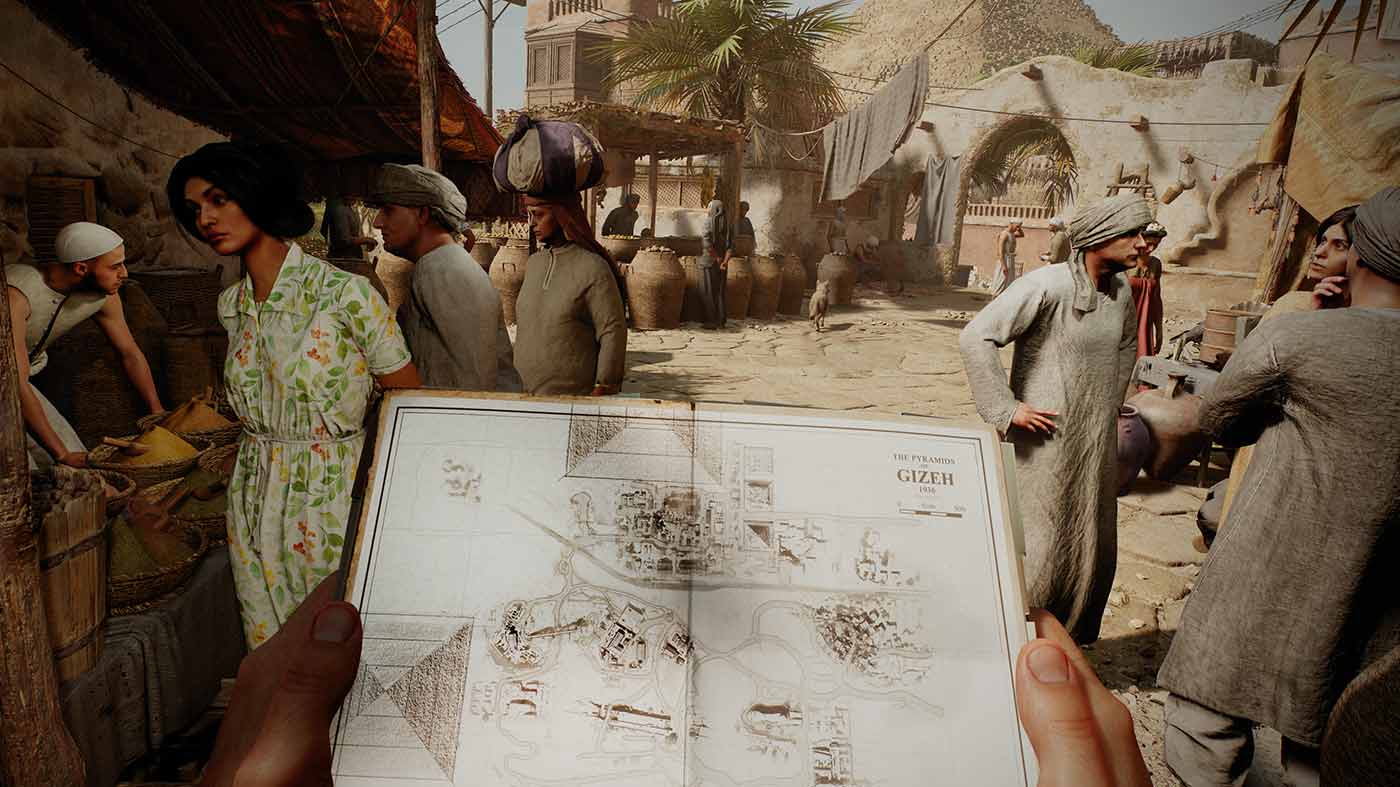
How has the collaboration with Disney or LucasFilm been?
So we’ve been closely collaborating with LucasFilm Games throughout the whole development process, and they’ve been invaluable in terms of getting us footage, resources, and all sorts of archival stuff to work with to help make the game much more authentic.
Did you ever toy with the idea of making the game third-person outright?
Always first-person. I mean, MachineGames make first-person games, it’s in our DNA, it’s what we do and it’s what we know how to do.
The idea is not an Indiana Jones game, you are Indiana Jones. And with first-person it gives us so much more hands-on to be able to pick up everything and to be able to solve puzzles and if I hit some guy in the face, I can see him go slackjaw and all over.
It’s a much more intimate experience and we never had any doubts that this was the right way to go.
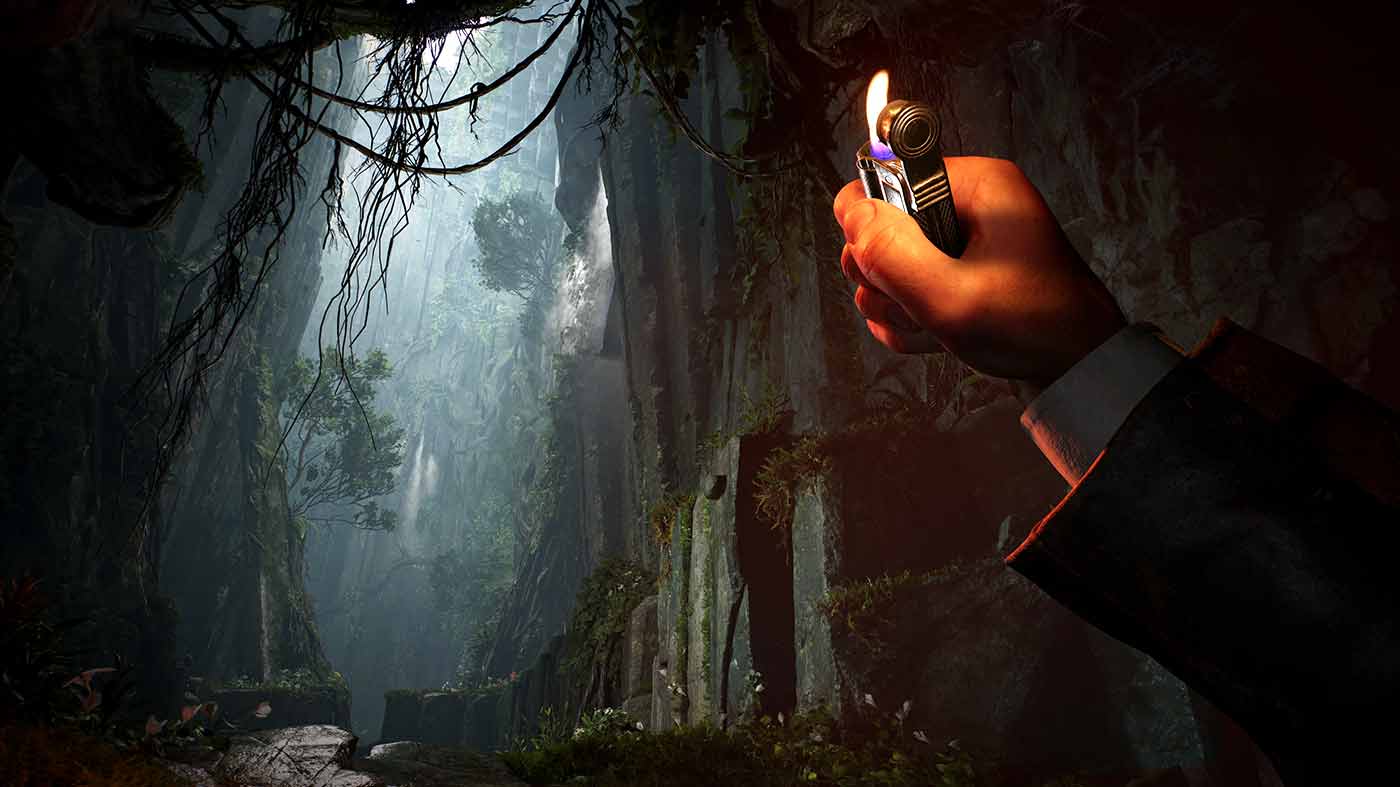
There have been plenty of other games inspired by Indy that have come and gone, Uncharted and Tomb Raider to name a couple. Was there any pressure to differentiate yourself from those?
No, I think as soon as we started working on it we were very confident as a developer. I mean, obviously with the Wolfenstein games and with the pedigree of a lot of the staff being from Riddick and The Darkness, we make very unique games in the first-person style.
Us doing a MachineGames adventure game did not make us feel any pressure, nor was there a need to compete with them. This is very much our own thing.
I feel the game finds the right balance of adventure and action. Coming from something action-oriented like Wolfenstein, was it hard to strike a balance with some quieter tomb raiding?
So, when we started developing Indiana Jones, starting from the beginning, there were a lot of new things that we needed to try and develop.
Having these new systems, working with puzzles, and things like disguises, having more of a narrative built in to create a larger cinematic experience overall as a starting point and starting, from the get-go, creating these systems made us realise: “Okay, we’re creating something different.”
Of course, there is the idea that we’d be “stuck” in Wolfenstein with too many guns, but we were so focused on these other systems, and getting the hand-to-hand right—melee was not something you’ve seen in Wolfenstein really—required a bit more time than the guns. We’ve already proven we’re good at guns.
We mostly focused on the “non-Wolfenstein” parts.
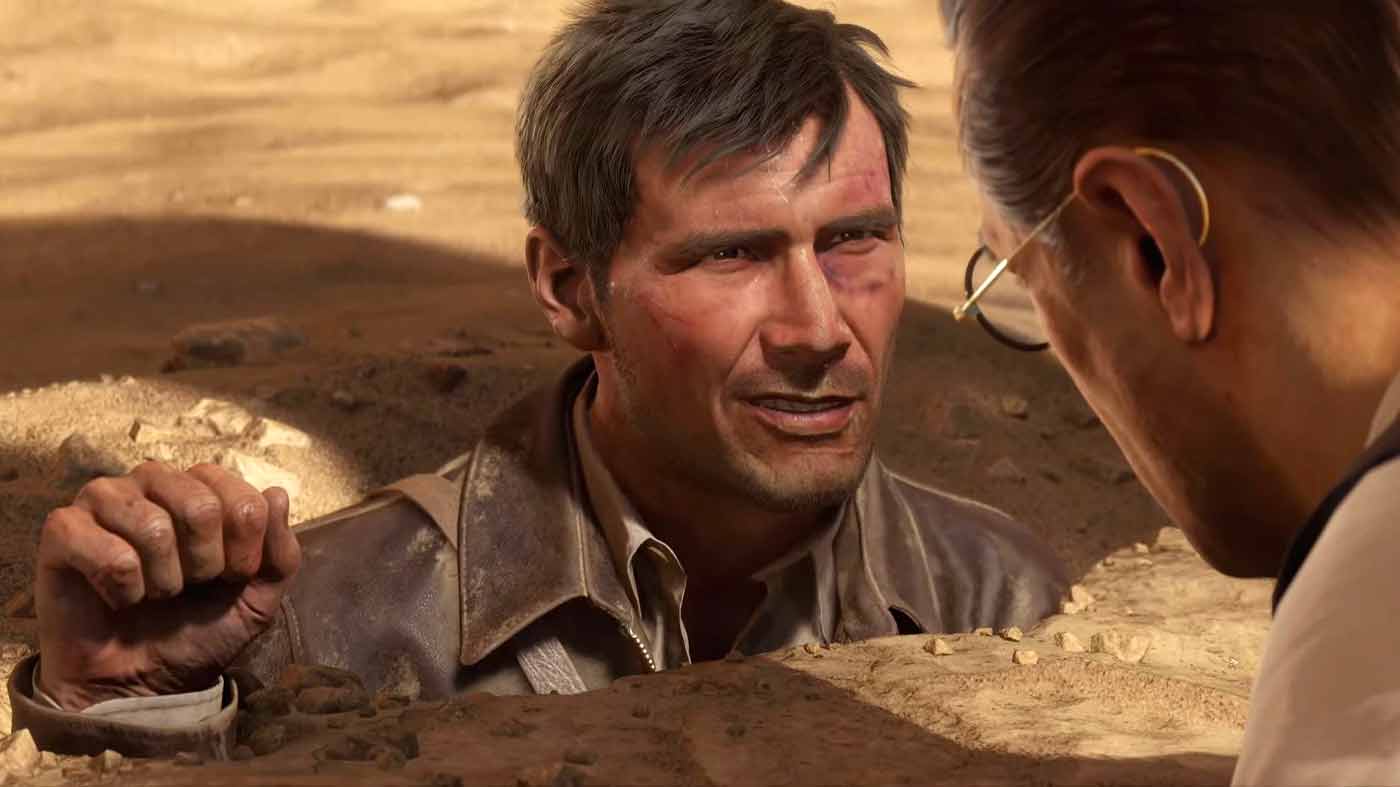
We’ve obviously been able to see Fieldwork and other Mysteries during our hands-on, what other things in terms of side content can we expect to lure us from the critical path?
As you say, the Fieldwork and Mysteries are one aspect, but there are all sorts of traversal puzzles as well. There are little places you can crawl into and I think, just in general, we designed the levels so there are multiple paths and there are keys you can find and in those secret areas you might find a book.
There are also relics you can find in each of our sandboxes there are a number of ancient relics you can collect, and comic books you can look for. Generally, there are a lot of collectibles so every area is chock-full of stuff to look out for.
It seems there’ll be plenty of opportunities to stealth through sections and keep out of view, are there any instant-fail missions or does the game give you the opportunity to go loud if you can’t remain concealed?
We really try to give the player a lot of choice in combat, so instant fail in stealth is not something we’d ever want to do.
Guns blazing is not always the best tactical thing, but it can be a good last resort. If you’re up against the wall and you need to make an escape, I’ve been saying we’re not so much “run and gun” but “gun and run away”. That’s how we’ve been approaching a lot of it.
I like that you can screw up stealth and be really scrappy. You can pick up weapons, fight, and then run away, use your whip, you have a lot of tools at your disposal so you can save yourself from getting beat up.
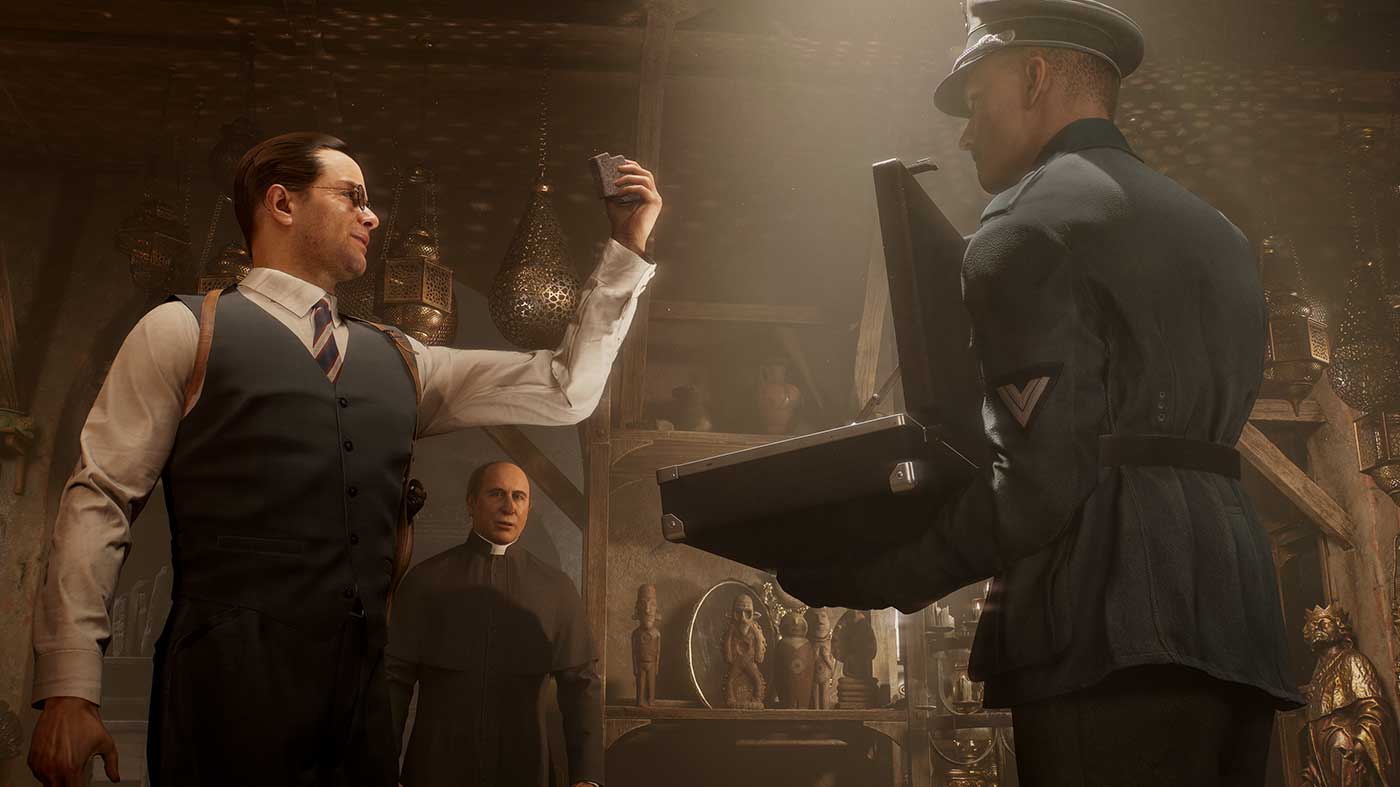
Has a PlayStation 5 SKU always existed for the game or did that come about late in the piece?
So Microsoft came to us. We started to have the discussion about bringing this to other platforms, we were super-duper excited to take that on. So that was something that came a bit later on, but we’re excited to get to as many players as possible.
As it has been a source of conversation for other Xbox first-party releases, what frame rate are you targeting for the Xbox Series consoles?
We’re targeting 60fps for launch.

